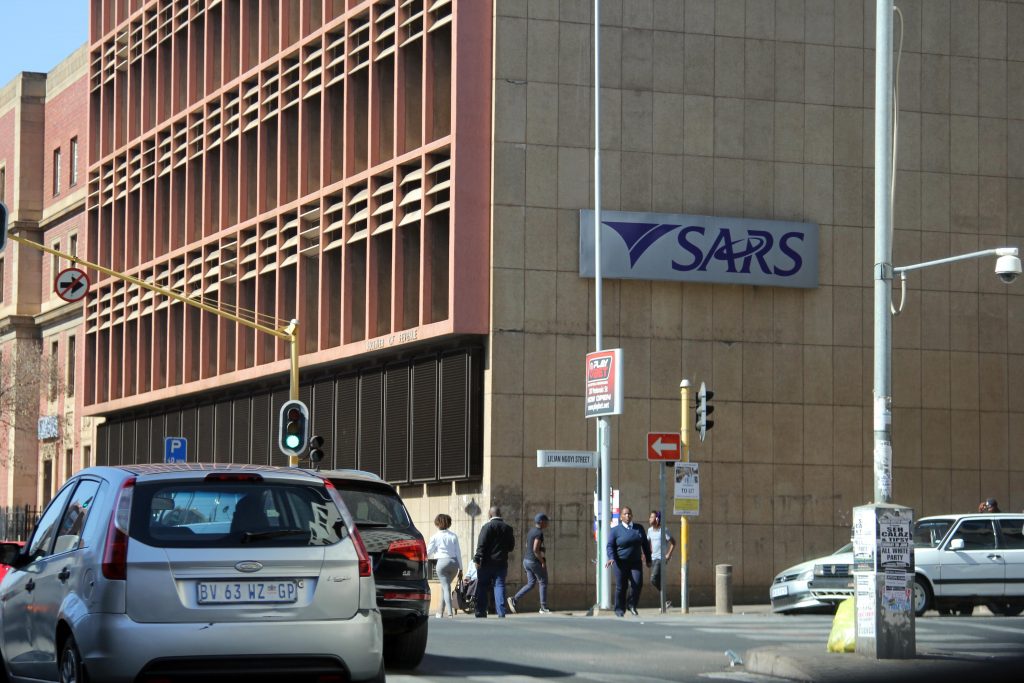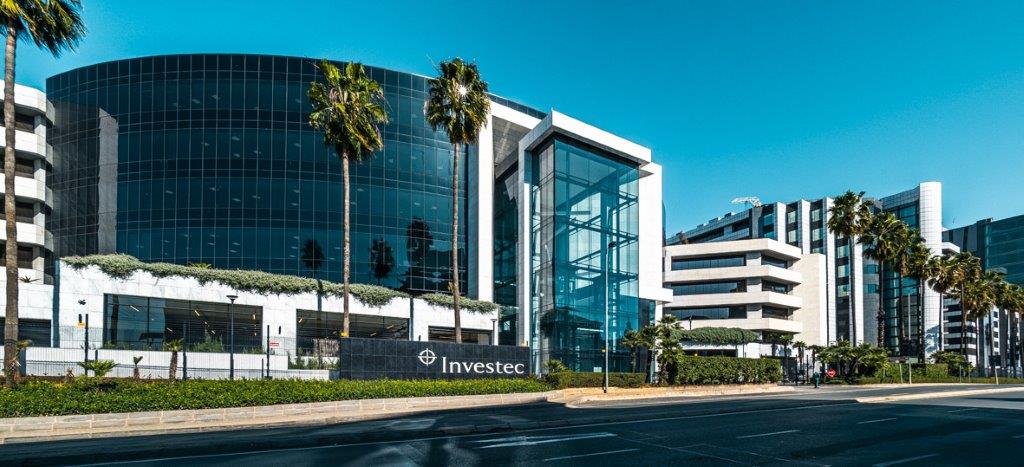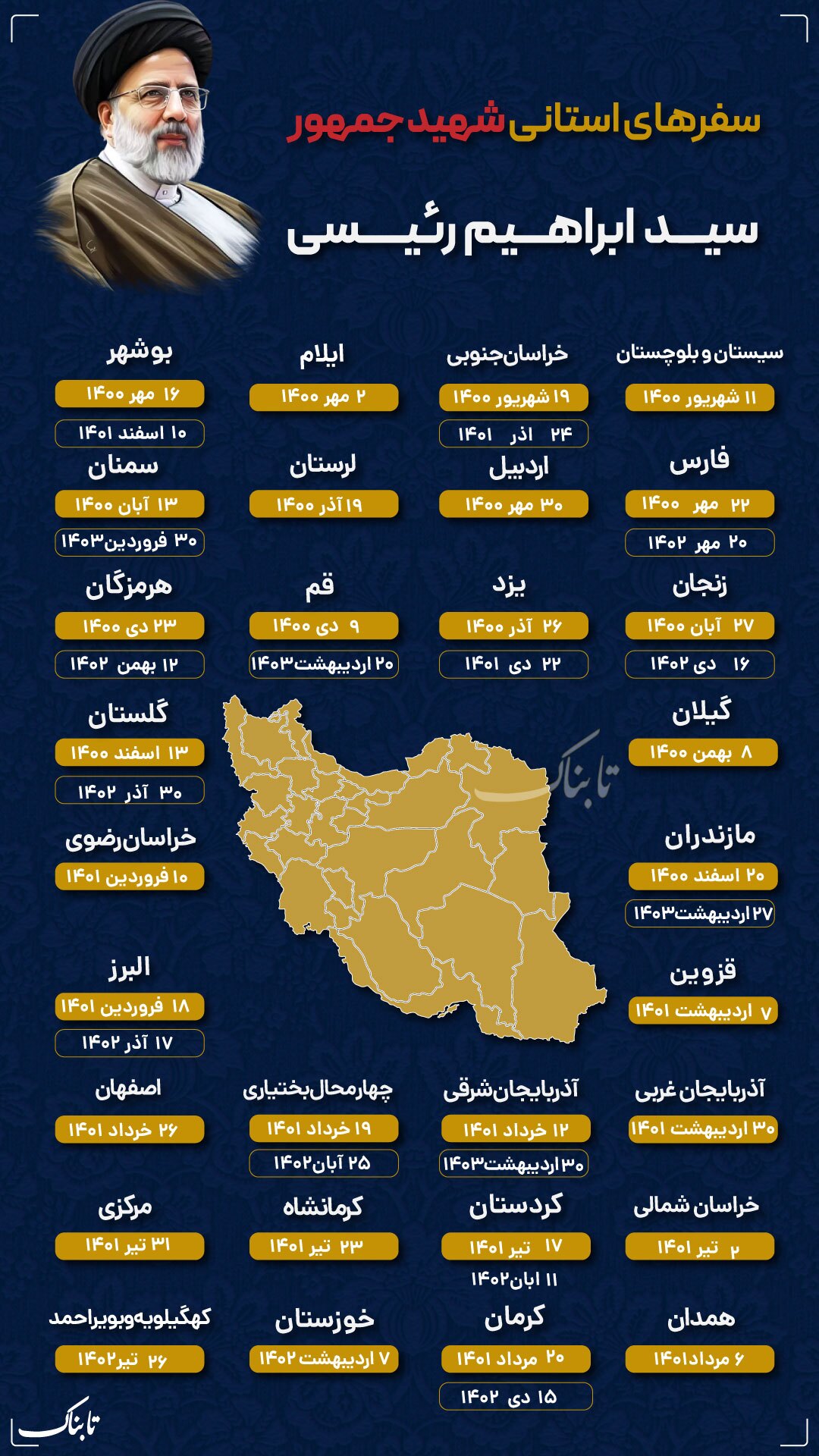You can also listen to this podcast on iono.fm here.
SIMON BROWN: I’m chatting with Justiné Brophy. He’s CEO at AnBro Capital Investments. A new Titans ETN has been listed on the JSE. Was it last week or the week before?
Justiné, appreciate the time. You’ve done a couple of tricks here. The first is that you’ve distilled down to sort of 11 sectors that you’re looking to invest into. How did you get those 11 sectors from what must be, I don’t know, dozens, maybe hundreds in the US markets?
JUSTINÉ BROPHY: Good morning, Simon, and good morning to all your listeners. Great question. We are excited to launch our Titans share code T-I-T-A-N-S on the stock exchange, and obviously ANG GFA for the unit trust.
Getting to your question, there are 11 what are called ‘GICS’ sectors; these stand for global industry classification standard sectors, and these are the usual suspects in the US. These are info technology, communication sector, consumer discretionary, utilities, financials, health care. It’s breaking down the US sort of S&P 500 into all its individual sectors. So that’s what we’ve done. We’ve looked for the biggest and best across all of these individual GICS sectors.
SIMON BROWN: And that’s what you’ve done – having got those 11 sectors, you’ve basically gone and said, what’s the best stock in each sector, and then you get that stock. So this is, if I understand correctly, an 11-stock fund.
JUSTINÉ BROPHY: Close. It’s an 11-sector fund. And what we look at is the best five or six stocks in each sector, and then we equally weight those in each sector.
SIMON BROWN: And you’re not just doing a simple market cap here, or are you? Is it some sort of bespoke methodology as to which are those best?
JUSTINÉ BROPHY: Yes, absolutely – our proprietary models such as for the companies within a very strict framework; and we obviously across those 11 sectors, look at financial stability, profitability, liquidity, beta to the market, historical management performance and a lot of proprietary in-house sort of screens that we use to get to those top five or six in each sector.
SIMON BROWN: And then I suppose over time they will change, but probably not often. Some of these stocks are, for example, NextEra Energy, Berkshire Hathaway, Apple, Amazon. They’re not going to lose their shine in a hurry.
JUSTINÉ BROPHY: Absolutely. So this portfolio only has an annual rebalance. That is the planned annual rebalance. However, if there was anything to happen, if any of these huge companies got bought out or there was a merger or anything major happened – think United Healthcare recently would happen – we would then look at that portfolio and the next sort of candidate would come in across an equal weighting. But that’s highly unlikely.
SIMON BROWN: Okay. So they are equal weight. And then you are re-weighting on an annual basis as well.
JUSTINÉ BROPHY: That’s correct.
SIMON BROWN: How has performance been? It’s a new fund, but you’ve probably done some backtesting. I like the thinking behind it. How has it sort of done in tests relative to an S&P or the like?
JUSTINÉ BROPHY: The portfolio is in two phases. The unit trust is obviously backtested. The portfolio has lived at AnBro for the last 11 … and has been used as our core portfolio. In terms of performance over 10 years, we’ve performed around 120% versus the S&P 500, which has done 209 five years. We’ve done 23.7% annualised versus S&P at 14.5% annualised, and three year we’ve done 20.5% annualised versus 13.1% annualised on the S&P 500.
SIMON BROWN: I like your phrase there. You’re calling it a core portfolio. A lot of folks, myself included, will often think sort of at the core of a portfolio I might want a nice global diverse ETF or something. They certainly have their place. But this perhaps is a better situation for a core. It is a concentration of stocks. It’s best of best. It is US listed. But of course these are global companies. Apple is sitting in front of the Mac right now. This is very much a core portfolio construct.
JUSTINÉ BROPHY: Absolutely. And I think the best part about this is it’s a ‘fire and forget’. If you’re looking for a global exposure, you’ve got the biggest and best equally weighted, which is important because you don’t want that Mag Seven pulling you up and dragging you down. What you want is an equally weighted core that’s going to be there with the best according to sector for the investor.
SIMON BROWN: And it does mean, in some sense I suppose, you miss some of the hot fads. But on the flip side you kind of also miss the hot fads as they fade away. These are all global names – I mean some of them; Amazon is relatively new. It’s now almost 30 years old. But these are not fads. Which again is why it fits well in the core of a portfolio.
JUSTINÉ BROPHY: Absolutely. Just quickly, if one thinks of a three-year return over the last three years to May, and I said to you, Microsoft or Costco, which would have performed better, the reality is Costco has performed better at 119% versus 85%. Vistra and the utility space or Meta – Vistra has done 405% versus Meta 220% to 236%.
So I think with a lot of those guys, when you market weight you miss the value they bring to the portfolio, those more defensives. So it does have an ability to be more defensive, illustrated in the last three months where we’ve seen the impact of tariffs, where this portfolio is only down 4.1% versus the S&P off at stages 11.5%, Simon.
SIMON BROWN: I like that idea. The market weight. There’s a flip side to it; it is in your S&P 500. You’ve probably got about, I don’t know, 450 stocks that are literally collectively a couple of percentage points and frankly aren’t going to do anything for your portfolio anyway.
JUSTINÉ BROPHY: Correct. Thirty to 35% of that index is the Mag Seven and the Top 10. So if you throw in Eli Lilly and Berkshire Hathaway, those are your real 30% to 35% drivers in the S&P 500.
SIMON BROWN: We’ll leave it there. That’s Justiné Brophy, CEO of AnBro Capital Investments, Titans ETN and the Titans Unit Trust.
Justiné, appreciate the time.
Listen to the full MoneywebNOW podcast every weekday morning here.

 6 hours ago
1
6 hours ago
1






















 English (US) ·
English (US) ·